about PlanWimbledon
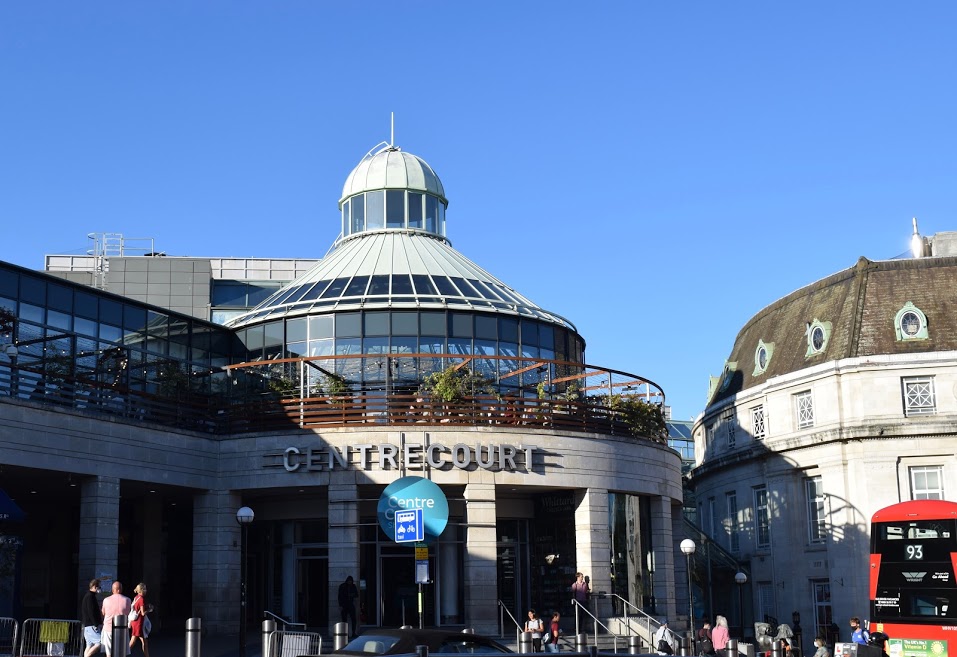
What is a neighbourhood plan?
A neighbourhood plan is a set of legally binding planning policies related to the use of land in the area, or to spatial matters (matters that affect how a place works). The neighbourhood plan is prepared by a neighbourhood forum for a particular neighbourhood area. It is a means of giving real legal weight to what residents and businesses want for the place where they live or work. When adopted, the neighbourhood plan forms part of the local authority’s overall development plan (Merton Council’s Local Plan). It is used to consider all planning applications in that neighbourhood. To be formally adopted as planning policy, the plan must be subject to an examination, approved by the council and be subject to a local referendum.
Locality, the organisation sponsored by the government to help neighbourhood forums to develop a neighbourhood plan, has published a helpful YouTube clip of what neighbourhood planning is. It is only 2 minutes long as it well worth a viewing here.
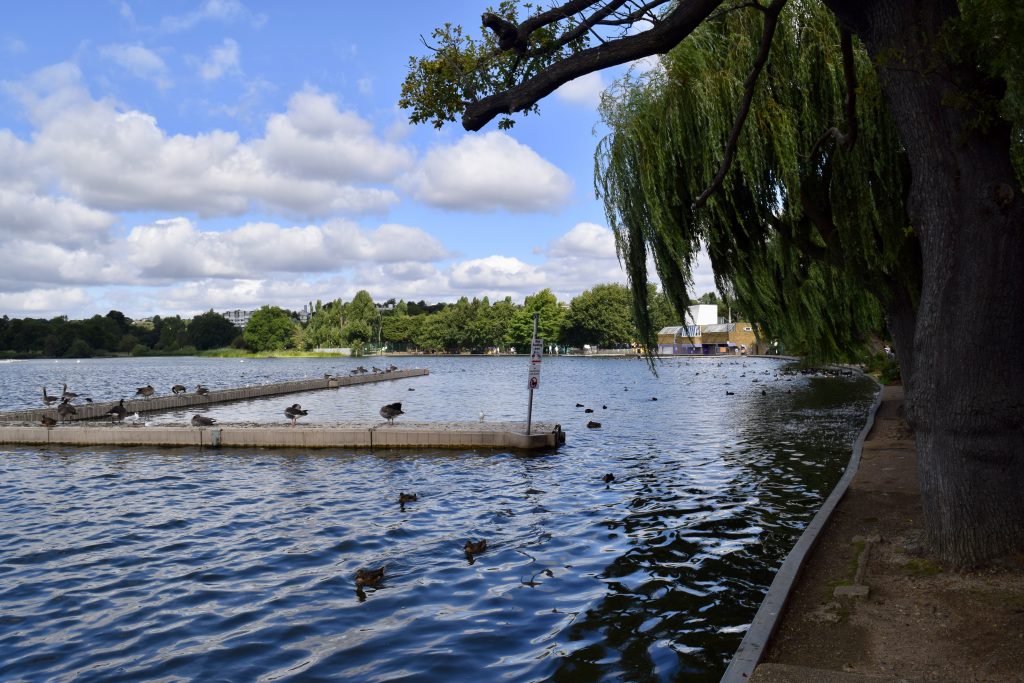
Why does Wimbledon need a neighbourhood plan?
Wimbledon is changing rapidly. It has been identified as an opportunity area for development in the London Plan; central government is relaxing planning laws; the retail environment has been hit by the increase in online shopping; we are facing a climate emergency requiring urgent action; and we face unprecedented economic and social consequences of a global pandemic. The new power for communities to create neighbourhood plans gives us a chance to join forces as a community in creating the Wimbledon we want for the future.
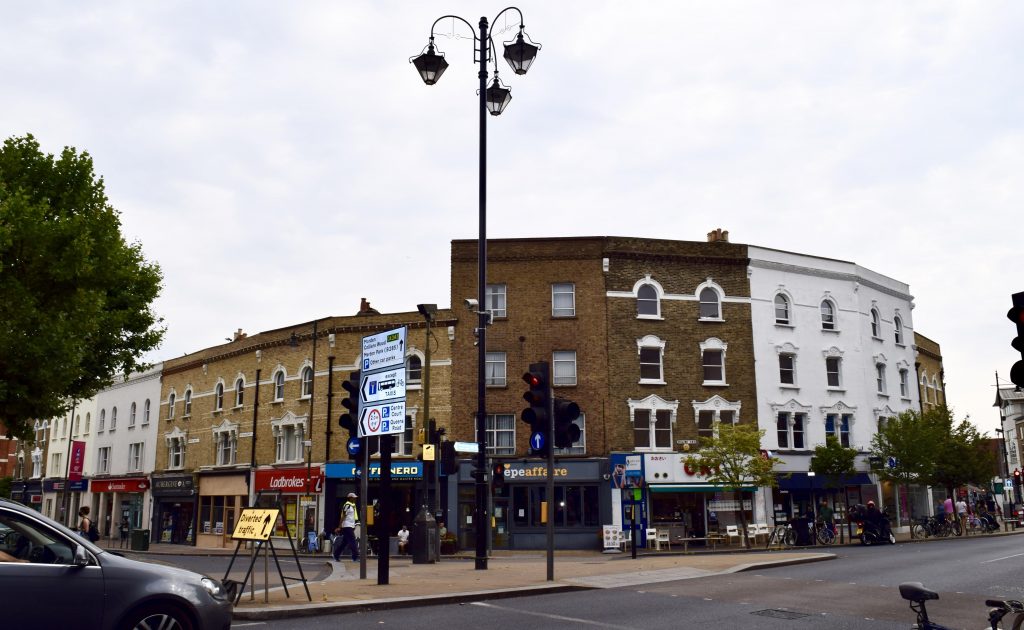
What stage is the neighbourhood planning process at?
A neighbourhood plan is drawn up by a neighbourhood forum which is a statutory body and therefore, needs to be designated by the Local Council. PlanWimbledon has applied to Merton Council to become a neighbourhood forum for a defined neighbourhood area. The public consultation by the council about our designation as a forum and the proposed neighbourhood area is ongoing and runs until 23 May 2021. If a majority of respondents agree, the council would approve our application. We will then be able to start the process of consulting widely with people in the neighbourhood area on what should be in the neighbourhood plan and drafting it in collaboration with Wimbledon’s localy community.
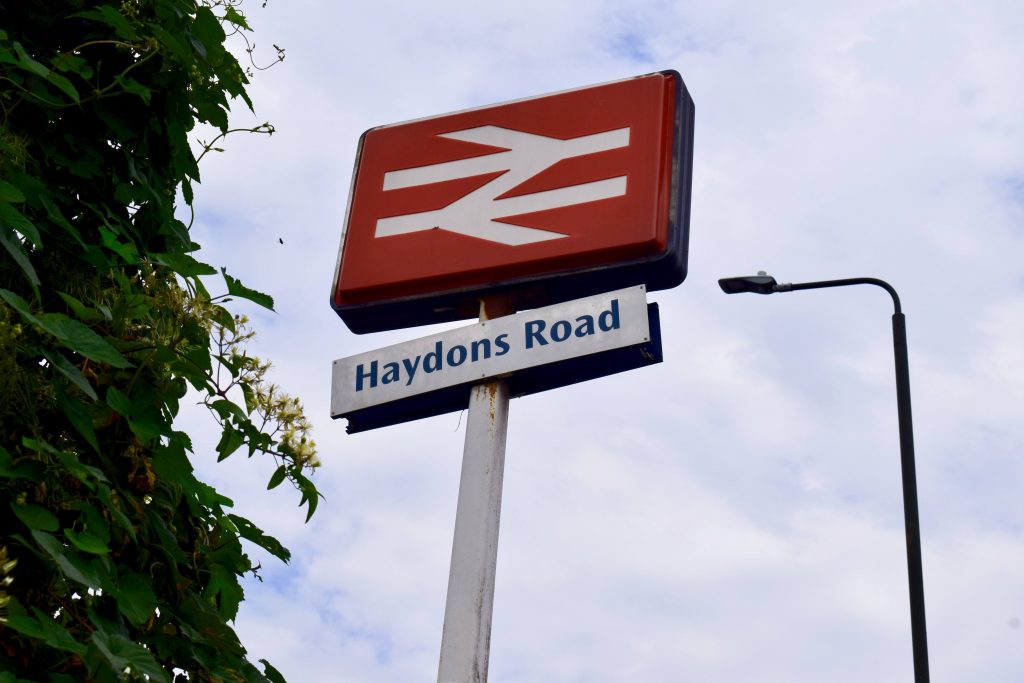
Who is leading the neighbourhood planning work?
The Steering Committee of PlanWimbledon consists of local professionals donating their time and committed to delivering a better future for Wimbledon. Currently the group meets weekly. Its current tasks include the application for designation and the public consultation and engagement with the community. All members of the Steering Committee stand for election on an annual basis.
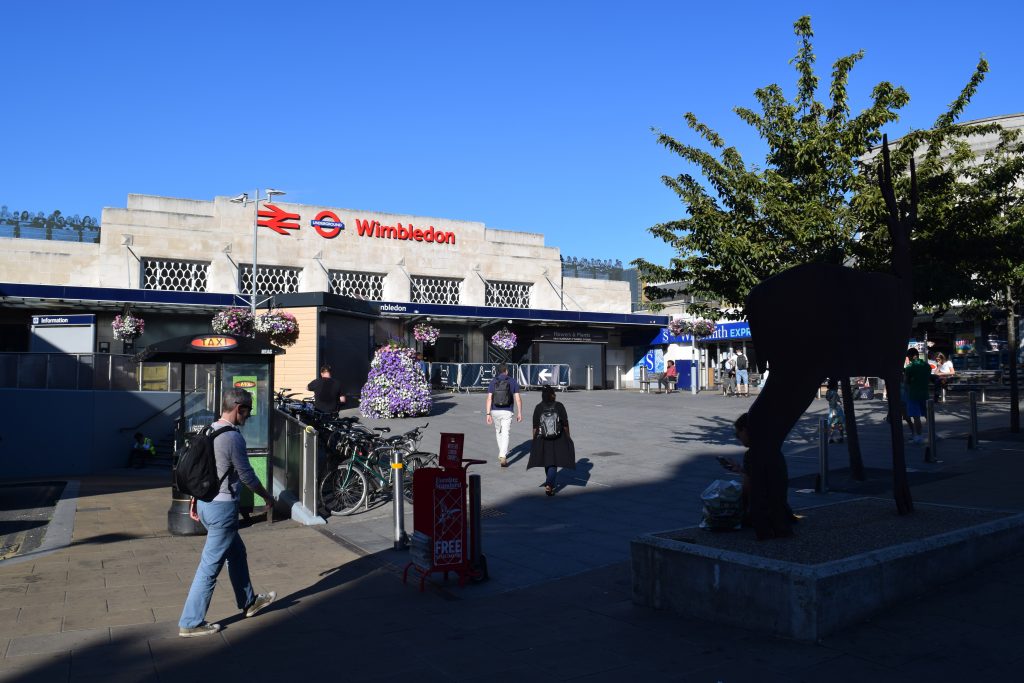
How is the proposed boundary of the neighbourhood forum area chosen?
We started by drawing a circle of one-mile radius from the old Wimbledon town hall (Centre Court shopping centre). We then needed to establish where the exact boundaries should be. To do this we held discussions (remotely) with representatives of all the communities round the edge of the circle where the boundary is at all unclear. If any of these communities wanted to be a part of the neighbourhood forum area, feeling that they are part of Wimbledon, we included them. If they did not want to be part of it, perhaps because they feel they have a different identity, or because they may want to prepare a neighbourhood plan of their own, we excluded them. This has been time-consuming work but, apart from the importance of getting the boundary right, it is good preparation for the wider consultation that will be involved in preparing the neighbourhood plan itself.
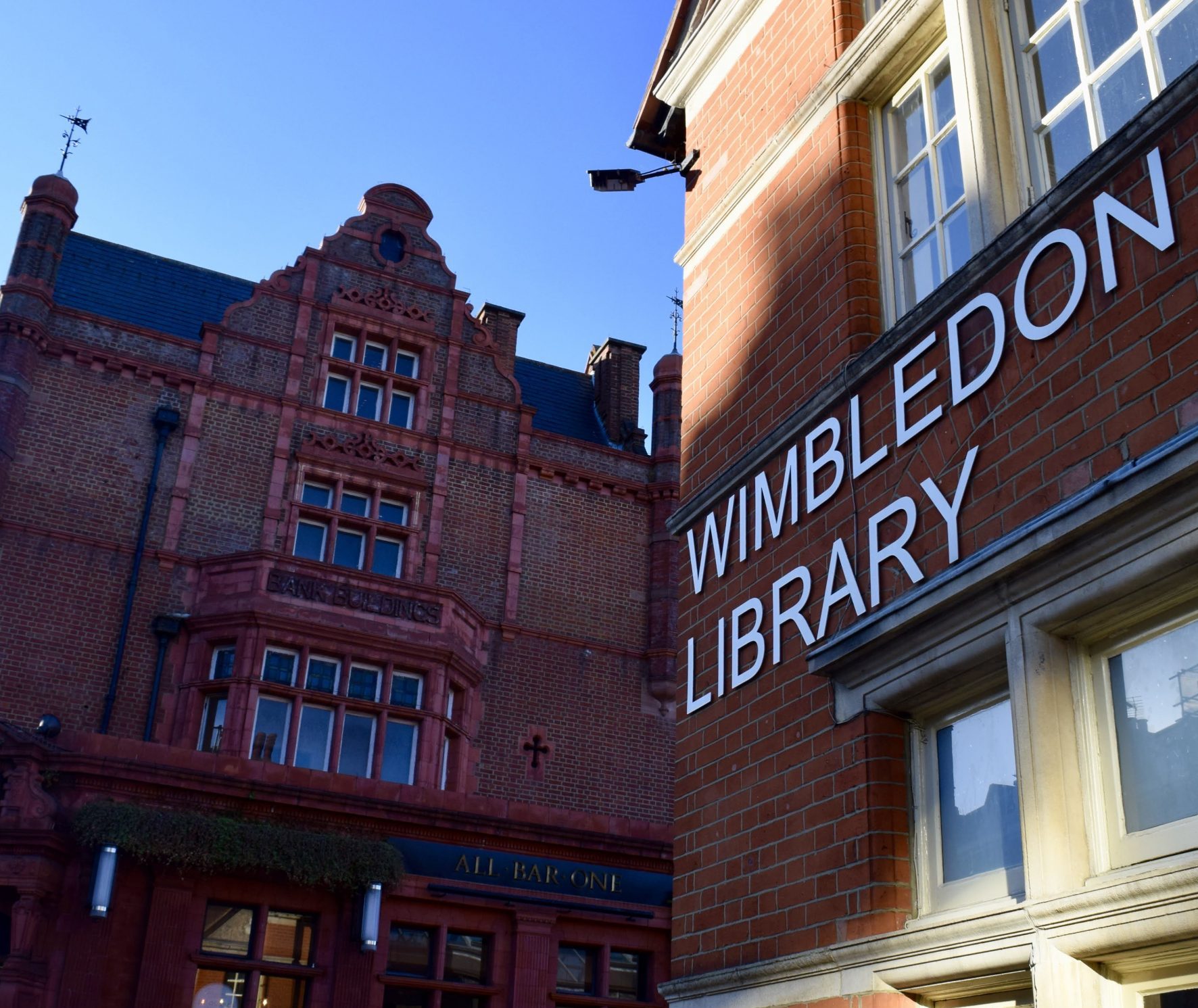
What does drafting the application involve?
Gaining designation as neighbourhood forum requires a formal application to Merton Council. In this we need to set out and justify the proposed boundary; explain why we want to become a neighbourhood forum; and describe the extensive consultations that we have carried out. Click here to see the PlanWimbledon application.
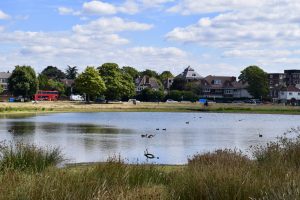
How is consultation being carried out?
We are continuing to consult widely, not just to reinforce the boundary, but also to build an understanding and support for what neighbourhood planning could do for Wimbledon. We are particularly keen to build a good working relationship with the business community, and to contact people – including faith organisations, schools and young people – who might not normally get involved in planning processes.
What government support is there for neighbourhood planning?
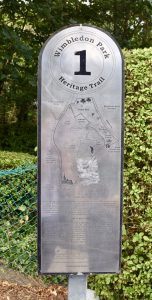
The government has shown its support by increasing the status of neighbourhood planning in the statutory planning system, and by the Ministry of Housing, Communities and Local Government providing funding, training and consultancy advice for people preparing neighbourhood plans. We are currently getting support from the government-provided consultants, who are helping us apply to be a neighbourhood forum.
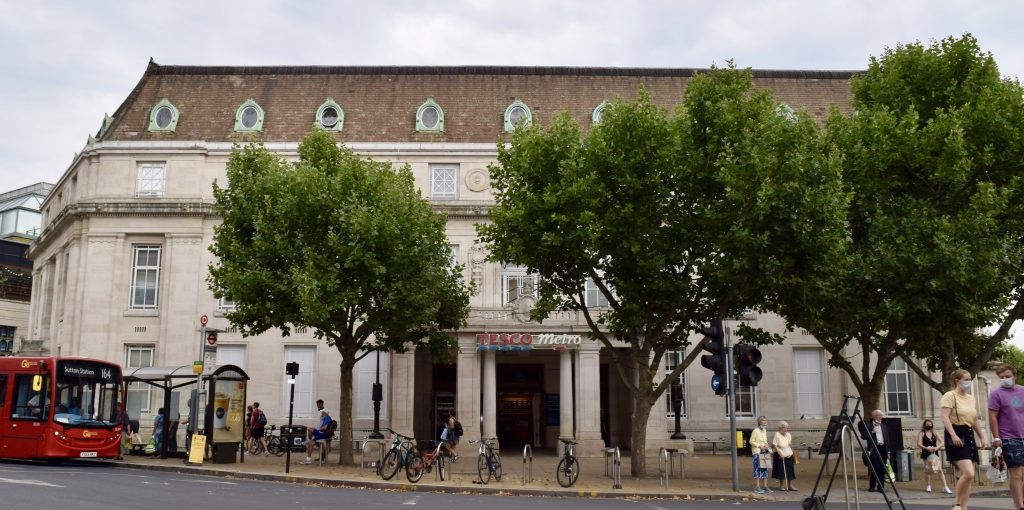
Doesn’t the pandemic alter everything?
Wimbledon is designated for substantial development in the London Plan. COVID-19 may change things. For example, failure of local businesses could lead to intense pressure for development (redevelopment or change of use) without adequate scrutiny, and contrary to Wimbledon’s long-term economic, social and environmental interests. A neighbourhood plan could address such issues and create the balance needed. Having statutory active involvement from the people who live and work here makes it much more likely to create the change for the better.
Wimbledon already has a Civic Forum and a Community Forum: why do we need a neighbourhood forum?
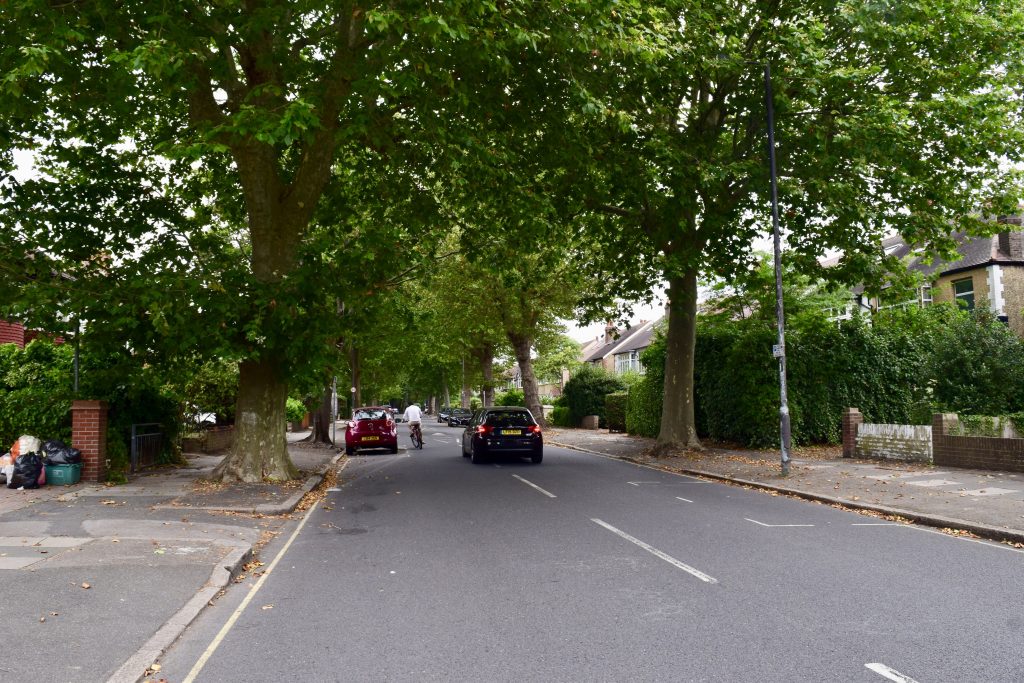
The role of the neighbourhood forum will relate only to creating a neighbourhood plan, which is a set of planning rules. It will have no other function. In a place without parish councils (such as most of London, including Merton), the only organisation that is allowed to create a neighbourhood plan is a neighbourhood forum, established on the lines prescribed by the Localism Act 2011. Wimbledon has a wonderful variety of strong, local organisations. The neighbourhood plan should be a means of realising some of their ambitions.
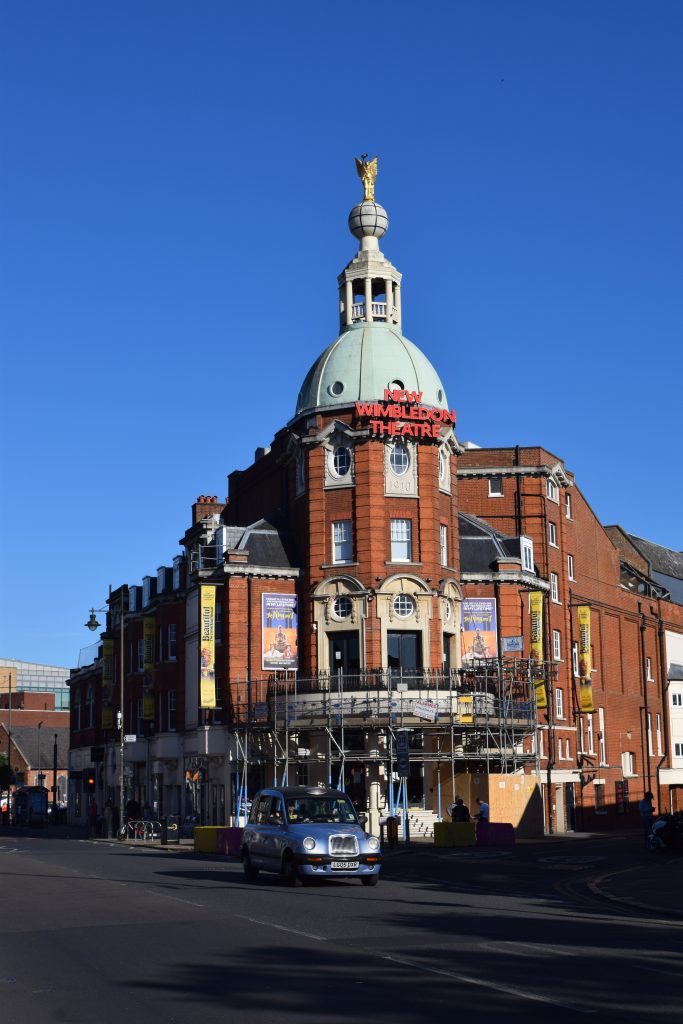
What do you hope the neighbourhood plan will achieve?
Our purpose is to promote and improve our area’s social, economic and environmental wellbeing. At a time of change and climate emergency, we are determined to ensure that Wimbledon evolves as a balanced neighbourhood where residents love to be and businesses thrive, and to which visitors are attracted. Our aim is to guide future development towards creating a characterful, aesthetically-pleasing neighbourhood that is fit and sustainable for generations to come.
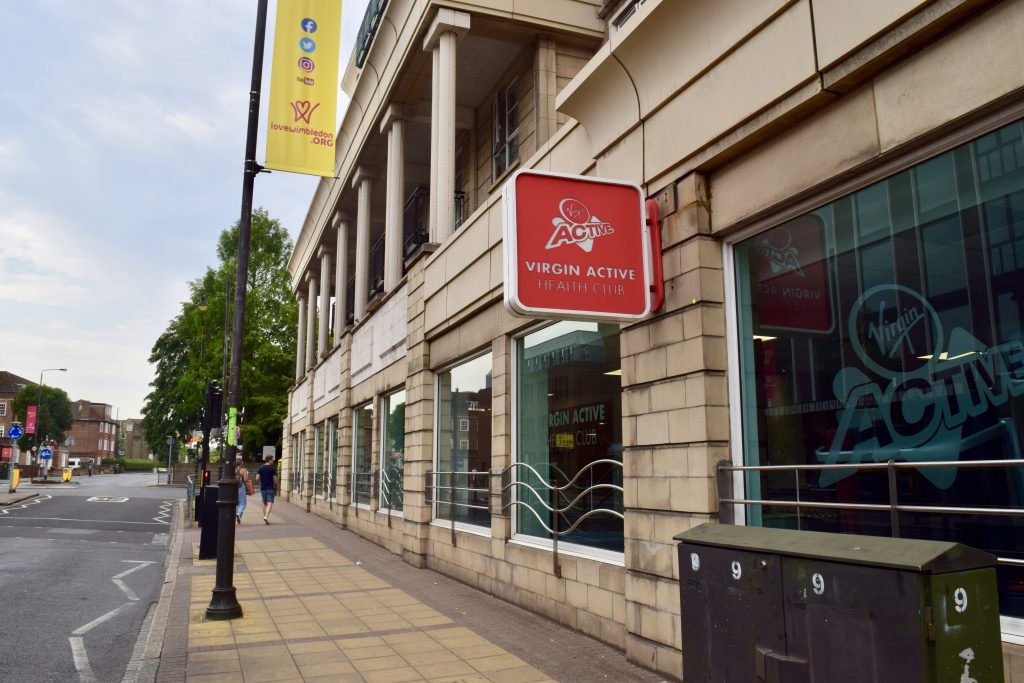
How can a neighbourhood plan be in the interests of businesses?
Businesses rely on the local community to thrive, and the local community enjoys successful local businesses and amenities. And a business’s employees may also be local residents.
The neighbourhood plan itself is an opportunity to increase community support for the development of Wimbledon in a consensual way. The neighbourhood forum will involve businesses and their associations in the process of producing the plan.
We believe that a neighbourhood plan can contribute to the success of local businesses by contributing to making Wimbledon a more attractive place to shop and work. We want ideas on how to achieve this. We also want to know the ideas of businesses about what else the plan should include.
Being involved in the process of preparing a neighbourhood plan can be good publicity for a business, providing public visibility that it is actively interested in its neighbourhood, and demonstrating corporate and social responsibility. The process can provide access to a network through which to learn more about the area and a business’s customers.
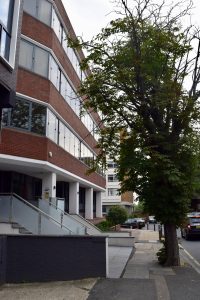
Isn’t a neighbourhood plan just a way of opposing development?
No, a neighbourhood plan that was designed to obstruct development would not get through the official process of scrutiny. The plan will welcome development, and will show how it can be more appropriate and better designed. This can provide a more constructive process for public involvement than the present situation, in which the same issues are raised repeatedly in response to planning applications and appeals, leading to delay and frustration on all sides. The government has found that by empowering local communities to have a say in how their areas are developed, neighbourhood planning has led to both growth and improved quality of development. Instead of being opponents of development, local people can become proponents of positive change.
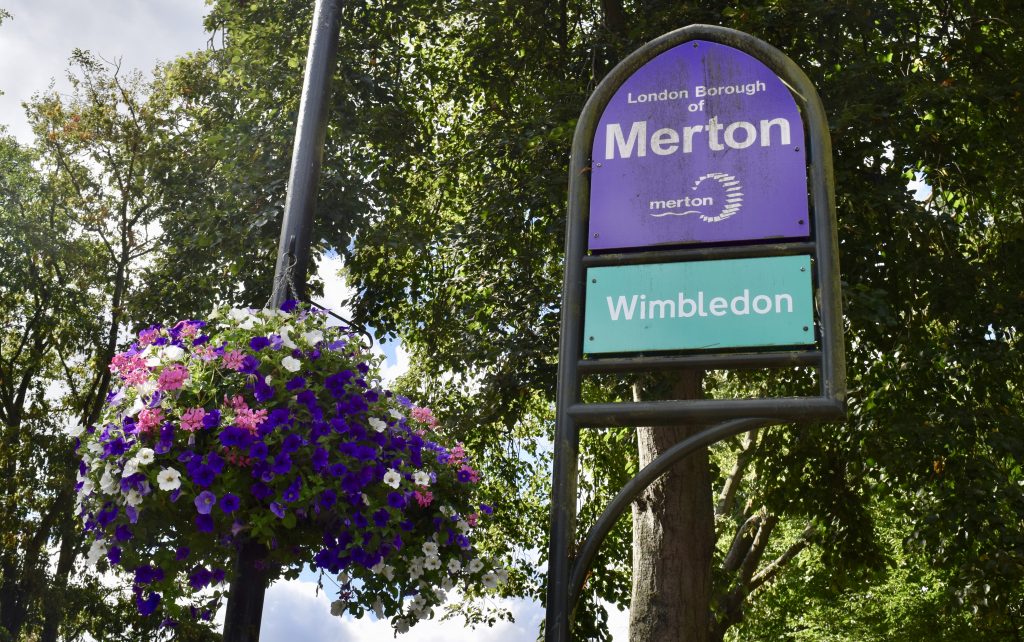
How will the neighbourhood plan relate to Merton Council’s local plan?
The neighbourhood plan sits side by side with the local plan, with which it has equal legal weight. The neighbourhood plan has to conform to the local plan, but it can influence how development is undertaken within the designated area. The neighbourhood plan sets out policies that help to shape, design and guide development to meet a shared vision. It provides additional detail that may be lacking in the local plan. This might be, for example, on the quality of development expected for the area: how a building is designed, what materials it uses, how much energy it will use, how much greenery there will be, how it is accessed, and so on. The neighbourhood plan may suggest a distinct neighbourhood approach to a strategy set out in the local plan, but without undermining it. The neighbourhood plan can fill the gaps in the local plan.
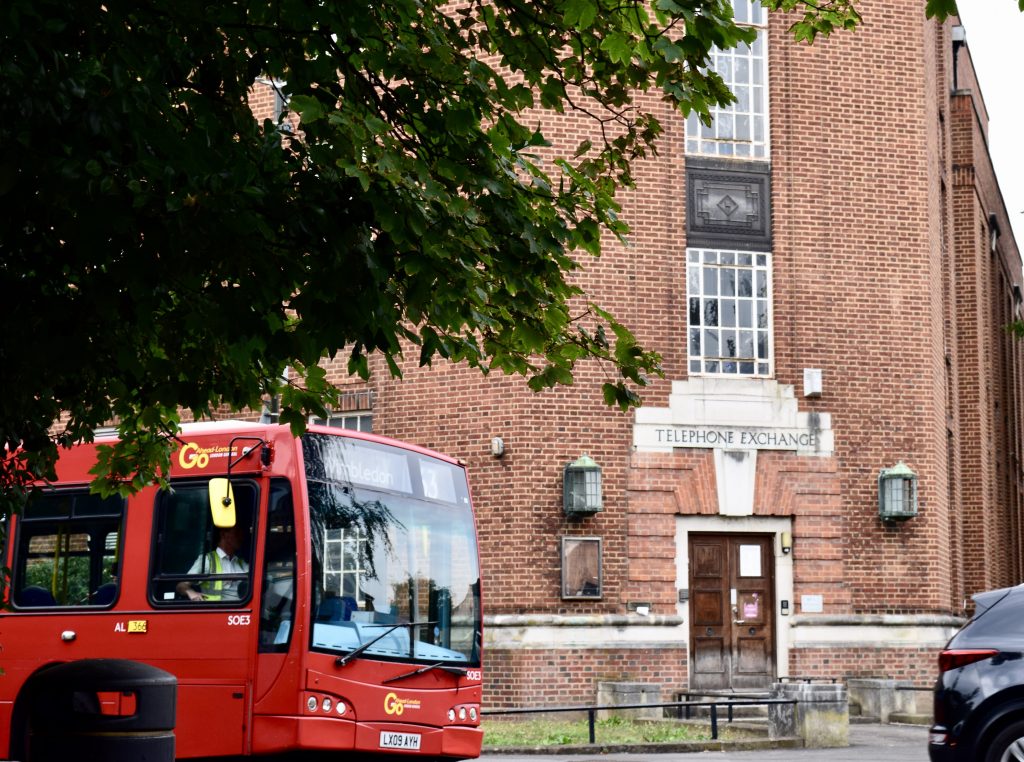
What will be the status of the neighbourhood plan?
When a neighbourhood plan comes into force, its policies take precedence over existing non-strategic policies in a local plan covering that neighbourhood area. Non-strategic policies include setting out more detailed policies than the local plan for specific areas, neighbourhoods or types of development. This can include allocating sites; providing infrastructure and community facilities at a local level; establishing design principles; conserving and enhancing the natural and historic environment; and setting out other development management policies.
If the neighbourhood plan is superseded by strategic or non-strategic policies that are adopted subsequently, any neighbourhood plan policies would need to be updated in tandem with local or national policies to ensure that they are not outdated.
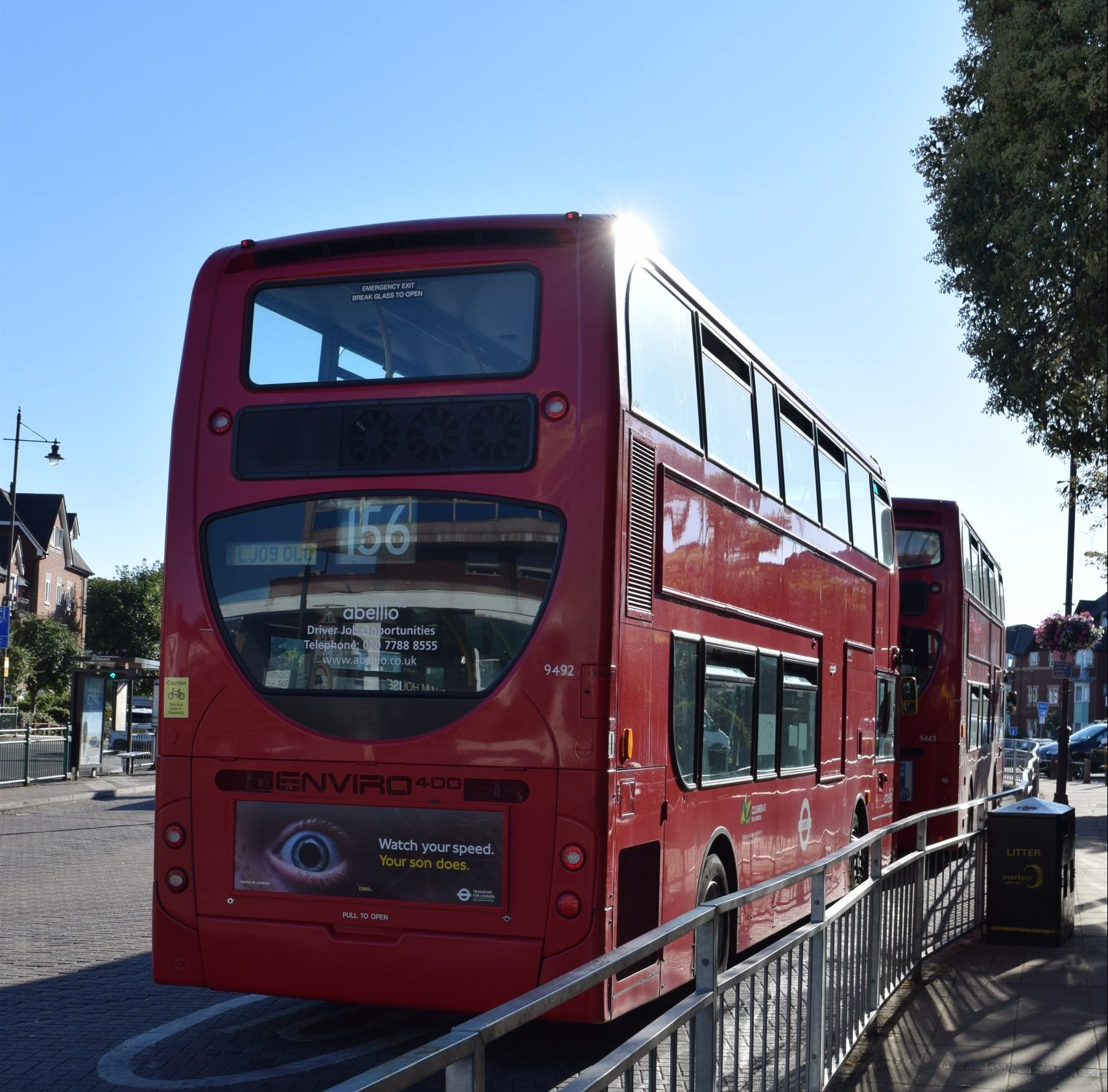
Can the neighbourhood plan cover transport issues?
Yes, if they fall within the scope of planning policy: that is, if they relate to proposals for changes of use and/or the physical development of sites. Examples include ensuring that new development has adequate parking and servicing (including car parking, cycle storage and delivery areas for commercial development); making sure the layout of development allows for pedestrian convenience and safety; ensuring that development includes cycle paths; creating direct and convenient pedestrian access to public transport facilities; considering whether access arrangements to a site, existing or proposed, are adequate; and making sure that local transport capacity is adequate to serve development.
Traffic matters falling outside the scope of planning (and which the neighbourhood plan therefore cannot cover) include changes to traffic management on existing transport networks, such as changes to traffic lights, restrictions, speed limits, signage, traffic circulation, crossing points and other traffic management devices.
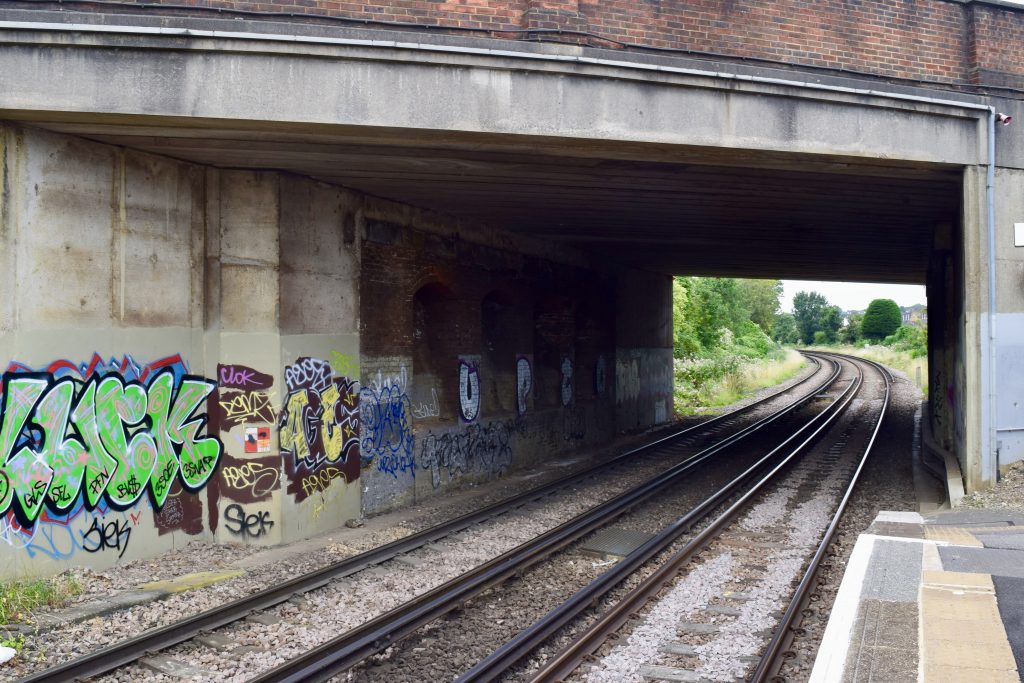
Will the plan be prepared on the assumption that Crossrail 2 goes ahead?
No, it will assume that Crossrail 2 might go ahead some time but, like Merton’s local plan, it will be written to apply whether it does or not.
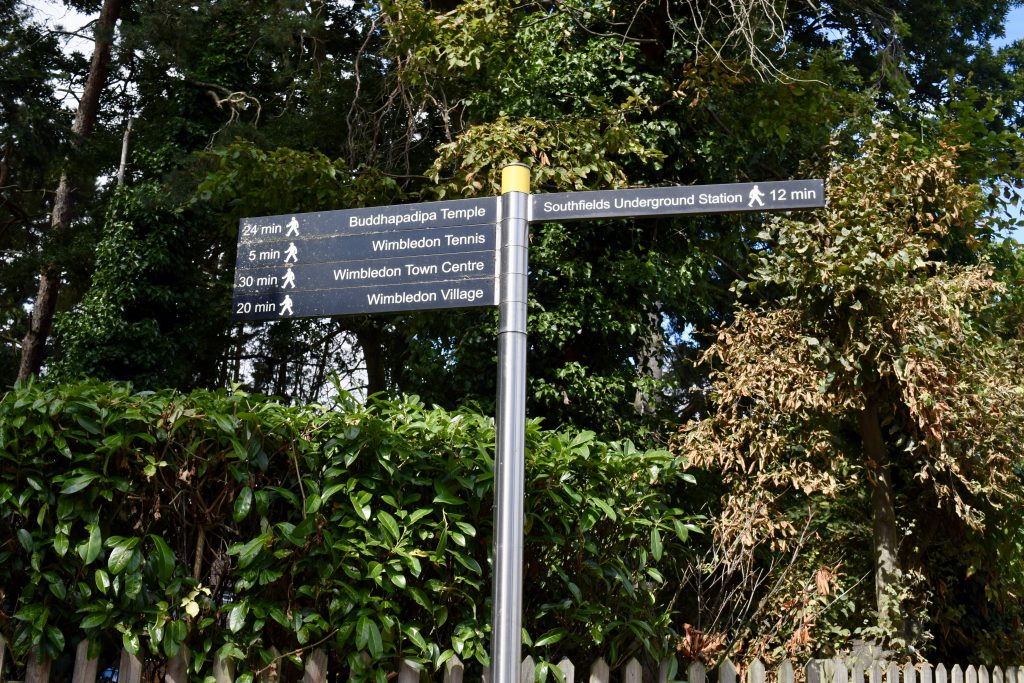
What will the neighbourhood plan’s policies be?
We don’t know yet; the policies will emerge from the open and democratic neighbourhood planning process. We do know that they will not conflict with Merton’s Local Plan, but they will add detail to it.
We can ascertain from the public response to the Council’s Wimbledon Supplementary Planning Document, and from our early discussions with community groups in Wimbledon, what sorts of things they are likely to relate to. These are such matters as development at a human scale; no buildings that are too tall for their context; respect for local character and distinctiveness; greening; low energy, sustainability and response to climate change; careful design; and priority for people on foot, people who find it difficult to get around, cyclists, and public transport. People and organisations who want to develop on those lines should find the planning process easier, as aims and priorities will already have been agreed. Providing more clarity will reduce the risk that each development proposal will be greeted with suspicion and opposition.
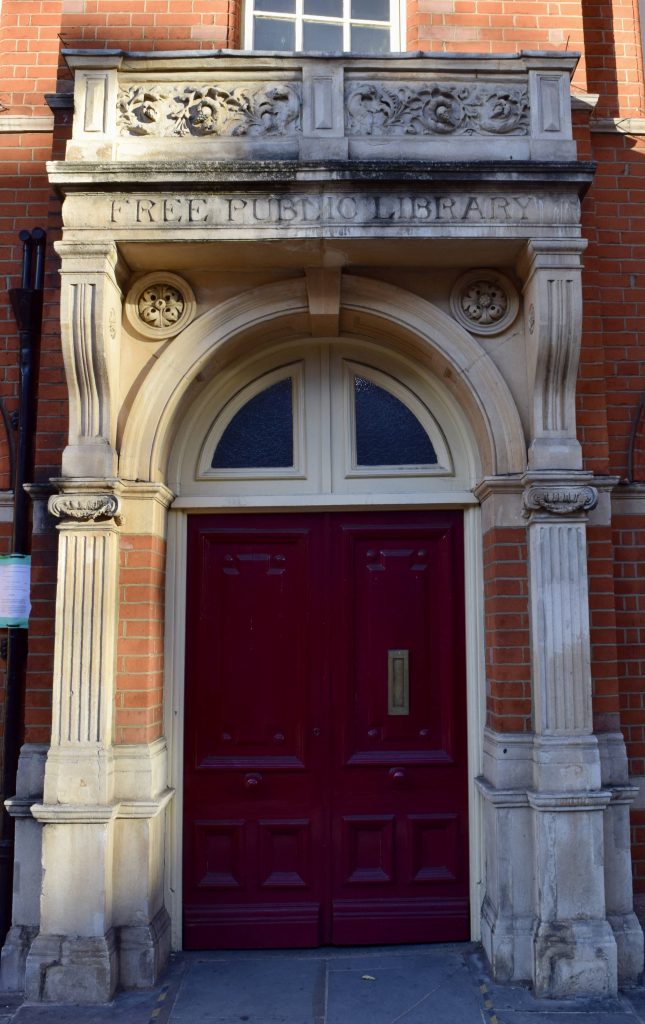
Can there be more than one neighbourhood plan in the same area?
No. While there may be multiple designated neighbourhood areas within a borough, they are not allowed to overlap geographically. Residents and businesses can only be in one designated area, which is why so much time and effort is being given to consulting widely on the boundary before we apply to the Council for designation of the PlanWimbledon area.
How can I get involved in PlanWimbledon?
Click here to sign up as a member. It’s free; it shows that you care for your neighbourhood and its future; we will keep you up to date with how the plan is coming along; and it will not make any claim on your time unless that is what you want.
Second, we are looking for people to become actively involved in our work – in consulting, communicating and planning. No experience is necessary: it is a good opportunity to learn about Wimbledon, its people and its planning. Please join us!
